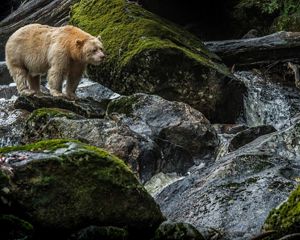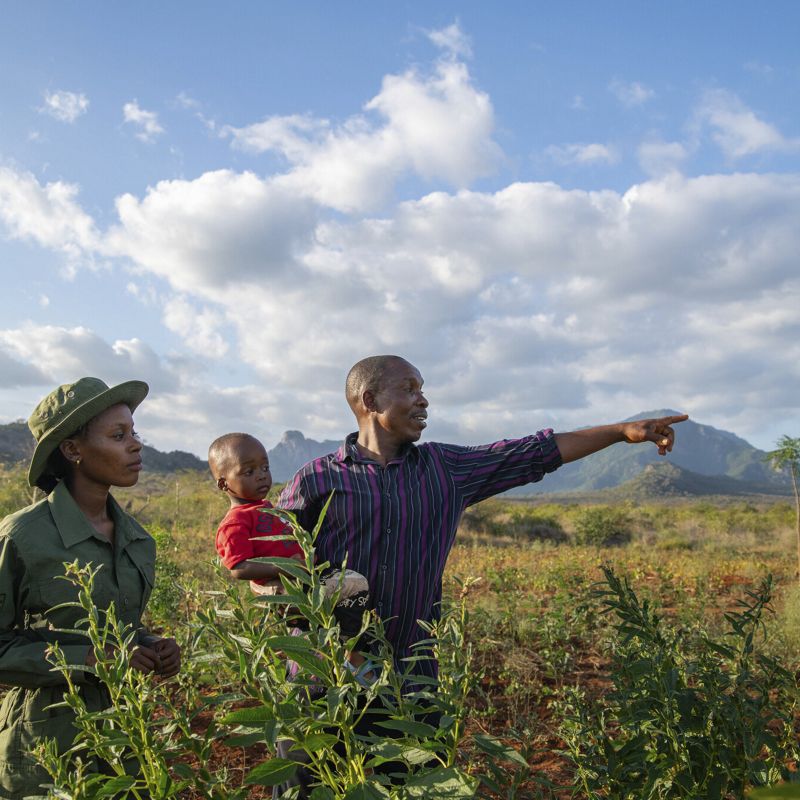
Kenyan Communities Lead the Way in Conservation that Works for People and Nature
Where the majority of wildlife roam outside of parks, community conservancies provide critical land stewardship.
In the expansive savannah of Taita Taveta in southern Kenya, the LUMO Community Wildlife Conservancy Sanctuary embodies the flourishing coexistence between people, wildlife and the land. At dawn, local herders guide their cattle, while red earth-coated elephants — a unique feature of the Tsavo ecosystem elephants — carve ancient migratory paths through the terrain.
Unlike traditional conservation models that fence off nature from people, Kenya’s community conservancies are living landscapes where humans and wildlife coexist.
“LUMO is more than a conservancy — it’s our home, our heritage and our shared responsibility for a sustainable future,” says Benjamin Nyambu, operations manager at LUMO.
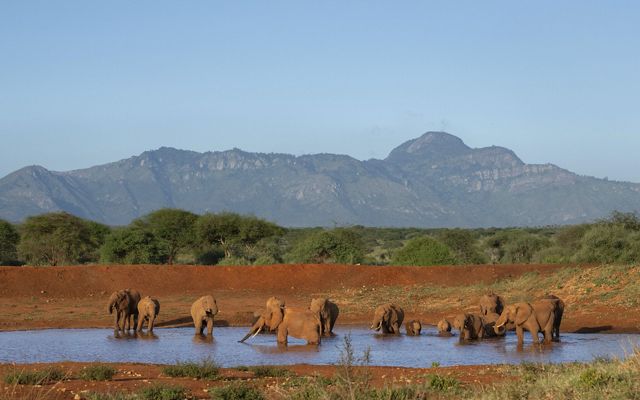
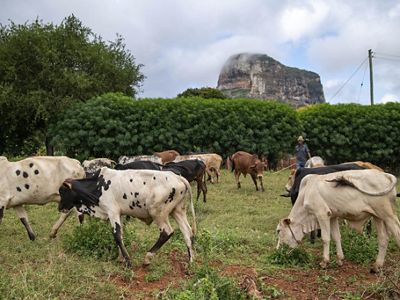
Our global insights, straight to your inbox
Get our latest research, perspectives and solutions to today’s sustainability challenges.
Sign upCommunity conservancies form when local communities register their traditional lands to be used to benefit nature and people. They establish governance models that promote sustainable natural resource management, making it possible for local communities to own, manage and benefit from the protection of their natural resources.
Community conservancies also safeguard critical wildlife corridors and buffer zones that connect national parks while creating economic opportunities for local residents, including jobs in tourism and conservation. This model has made Kenya a global leader in community-driven conservation, where protecting nature also supports livelihoods.
A Delicate Balance
Approximately 65% of Kenya’s wildlife resides outside of government-protected national parks and reserves, predominantly on community and private lands, which means that in Taita Taveta and other regions across Kenya, communities are living alongside wildlife. Like many community-managed areas, the challenges faced are significant – climate change has led to prolonged droughts, reducing food and water sources for both humans and wildlife. And development sometimes pushes wildlife movement closer to human communities.
Human-wildlife conflict remains a pressing challenge in Kenya. According to a 2021 Kenya Wildlife Service (KWS) report, over 200 people lost their lives between 2014 and 2020, primarily due to encounters with elephants, while large carnivores such as lions and hyenas were responsible for widespread livestock predation. In regions like Taita Taveta, elephants, driven by the search for traditional forage, often stray into farmlands where maize and other crops have replaced natural corridors. These fields offer an easily accessible food source, leading to devastating losses for subsistence farmers. In some cases, this triggers retaliatory actions, including spearing wildlife or supporting illegal poaching.
Quote: Jonas Mwakima
I normally say to deal with elephants, one needs 1,001 ways, so I'm still developing more.
Local communities are actively working to reduce conflict and protect what matters most: their families, livestock and shared natural heritage. They are using traditional techniques such as reinforcing livestock enclosures with thorny bushes while also employing early warning systems such as collar data that is connected to technology that alerts communities to the presence of wildlife.
“I had 3,000 cassava and they were uprooted in three days,” says Jonas Mwakima, a farmer in Taita Taveta, which borders the famous Amboseli and Tsavo national parks. “Same to the maize and green grams – also known as mung beans, small, green legumes.” Development along migratory corridors had caused a growing population of elephants to venture further into his community. Mwakima has responded with innovation, utilizing deterrents like noise, chili crops, beehive fences and motion-sensor lights. “I normally say to deal with elephants, one needs 1,001 ways, so I'm still developing more.”
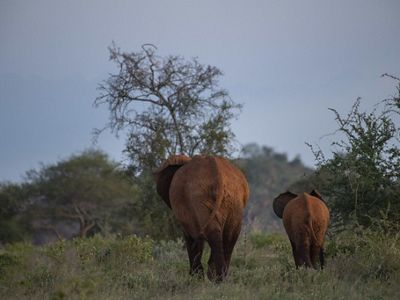
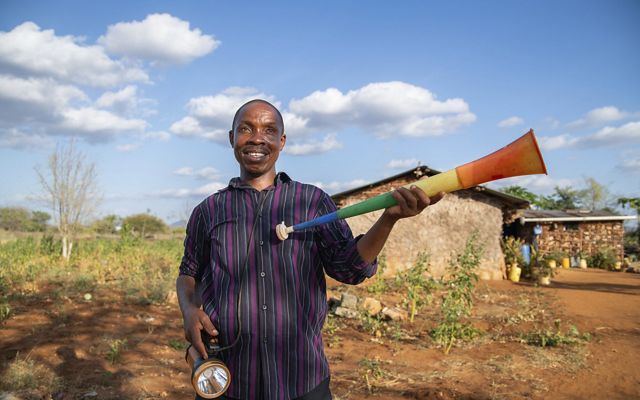
A Solution that Engages Communities
“Taita Taveta is a human-wildlife conflict hotspot,” says Alfred Mwanake, CEO of the Taita Taveta Wildlife Conservancies Association (TTWCA). “Wildlife prey on people’s livestock, eat their crops and trample their fields, threatening rural livelihoods. If conservation initiatives fail to involve local communities, feelings of resentment will escalate, leading to increased poaching and acts of retaliation. Our strategy should prioritize pragmatic, community-oriented solutions that safeguard both human populations and wildlife.”
By ensuring communities see tangible benefits from conservation, community conservancies foster a sense of ownership, even at times transforming former poachers into rangers and herders into stewards of the land. Through ecotourism, sustainable livestock grazing and revenue-sharing models, community members have a direct stake in conservation efforts. They also have access to practical, community-centered solutions such as metal fencing, stone walls or traditional bomas (livestock enclosures reinforced with thorny branches) that keep predators out, as well as the more modern technology that tracks animal movement near villages. Communities can also access wildlife compensation programs funded by conservation organizations or the government.
Quote: Alfred Mwanake
Taita Taveta is a human-wildlife conflict hotspot . . . Our strategy should prioritize pragmatic, community-oriented solutions that safeguard both human populations and wildlife.
As of 2023, Kenyans have established over 230 conservancies, covering millions of acres and about 16% of the country’s landmass. The majority of these are community-led, yet community conservancies remain underutilized. Strengthening and expanding can bring greater impact, but also requires navigating challenges such as land tenure, legal frameworks and increasing pressure from development. A country-level approach to significantly increase investment in community conservation could provide a much-needed answer. The Kenyan government is working with TNC and conservation stakeholders, including community conservancies, to develop a Project Finance for Permanence (PFP) initiative to provide the funding and commitments needed to help conserve nature while benefiting people over the long term.
The Thamani Asili PFP is part of a global initiative called Enduring Earth, which works alongside nations and communities to accelerate conservation worldwide and address biodiversity loss and climate change while supporting community economic development. Thamani Asili, which translates from Kiswahili as "Value of Nature," will help protect these community landscapes that are now hubs of biodiversity, resilience and local stewardship. By supporting real reforms, securing land rights and establishing inclusive governance structures, the PFP aims to enhance the effectiveness of community conservancies while improving livelihoods and benefits for people.
A Historic Lack of Tenure and a Current Need for Funding
The growth in the community conservancy movement in Kenya has led to a realization that policies need to evolve in ways that address the importance of equitable benefits and recognize community land ownership.
“Securing land tenure for communities is a critical part of supporting community conservation,” says Chantal Migongo–Bake, deputy conservation director for TNC’s Africa program. Kenya’s Community Land Act of 2016 was an important step forward. It created a legal framework for communities to obtain title for their lands. But more is needed. “With ownership secured, communities are able to seek stronger revenue-generating opportunities that harness long-term protection of natural resources,” says Migongo–Bake.
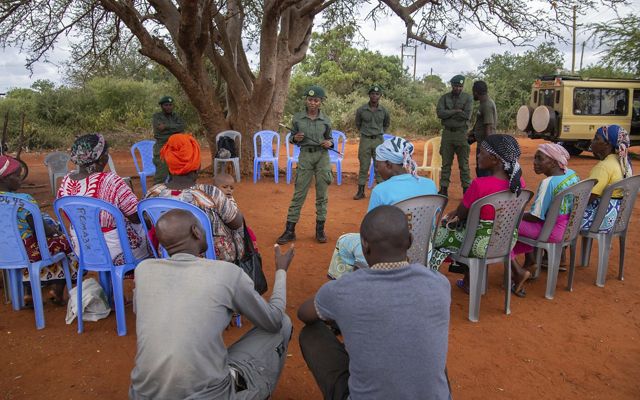
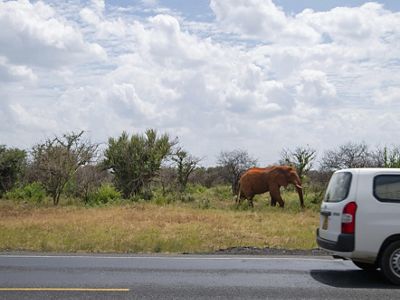
Community conservancies in Kenya have long relied on tourism, grants and donations as key sources of revenue. While these have supported conservation efforts, a more diversified approach, incorporating emerging opportunities like carbon credits, can foster greater innovation and resilience. With strategic financial and technical support from the Thamani Asili PFP, communities can expand into nature-based enterprises that not only sustain conservation but also advance broader development goals such as education and healthcare.
A Picture of What’s Possible
Though not immune to the pressures of climate change and development, LUMO Community Wildlife Conservancy Sanctuary is a testament to what community-led conservation can achieve. Spanning 48,000 acres in Taita Taveta, LUMO was established by three local ranching groups in the early 2000s. Once a degraded landscape with rampant poaching, it has transformed into a thriving haven for elephants, cheetahs and rare antelope species. Through tourism revenue, LUMO funds local schools, healthcare and employment opportunities—creating direct incentives for conservation. Community members often apply indigenous knowledge to manage ecosystems, such as rotational grazing of cattle to ensure grasslands have time to rest and recover.
At LUMO, “conservation helps support education, climate resilience and livelihoods,” says Nyambu.
For those living around LUMO, protecting and nurturing livestock and wildlife is crucial, as both provide important sources of income. From building predator-proof enclosures to using beehive fences to deter elephants, communities are adopting creative solutions. Compensation programs, such as the Wildlife Conservation and Management Act’s insurance fund, ensure that farmers and herders are not left bearing the full cost of living alongside wildlife. The Thamani Asili PFP will provide additional funding for activities that help people and wildlife share the land peacefully.
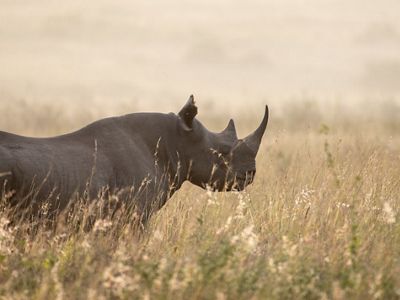
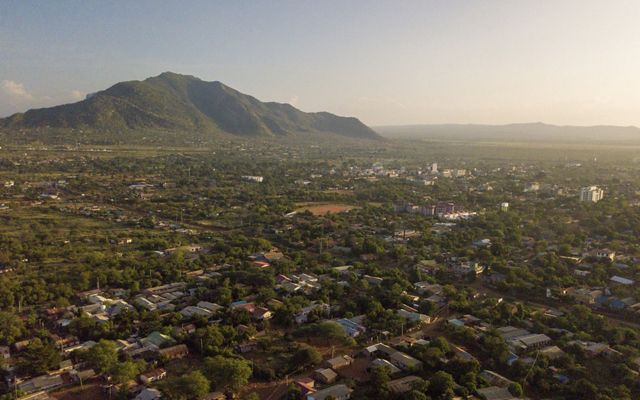
“It is important to co-exist with elephants because we are sharing the same planet. They have nowhere to go,” explains the farmer Mwakima. "We have to understand them. Is it dry where they are coming from? I learned when we have rain, they don’t bring trouble so are they coming for food, water or passing by? Once you understand them, you can co-exist with them.”
The voices of herders, farmers and rangers hold a simple truth: conservation is not about choosing between people and wildlife, but about nurturing their shared existence. Kenya's community conservancies show that these landscapes can remain places where elephants roam, children and families prosper, and conservation lasts.
